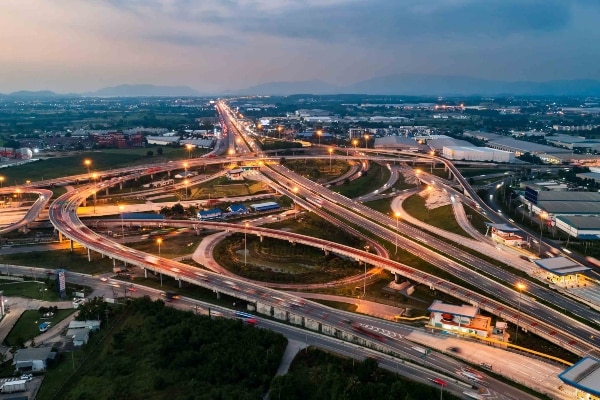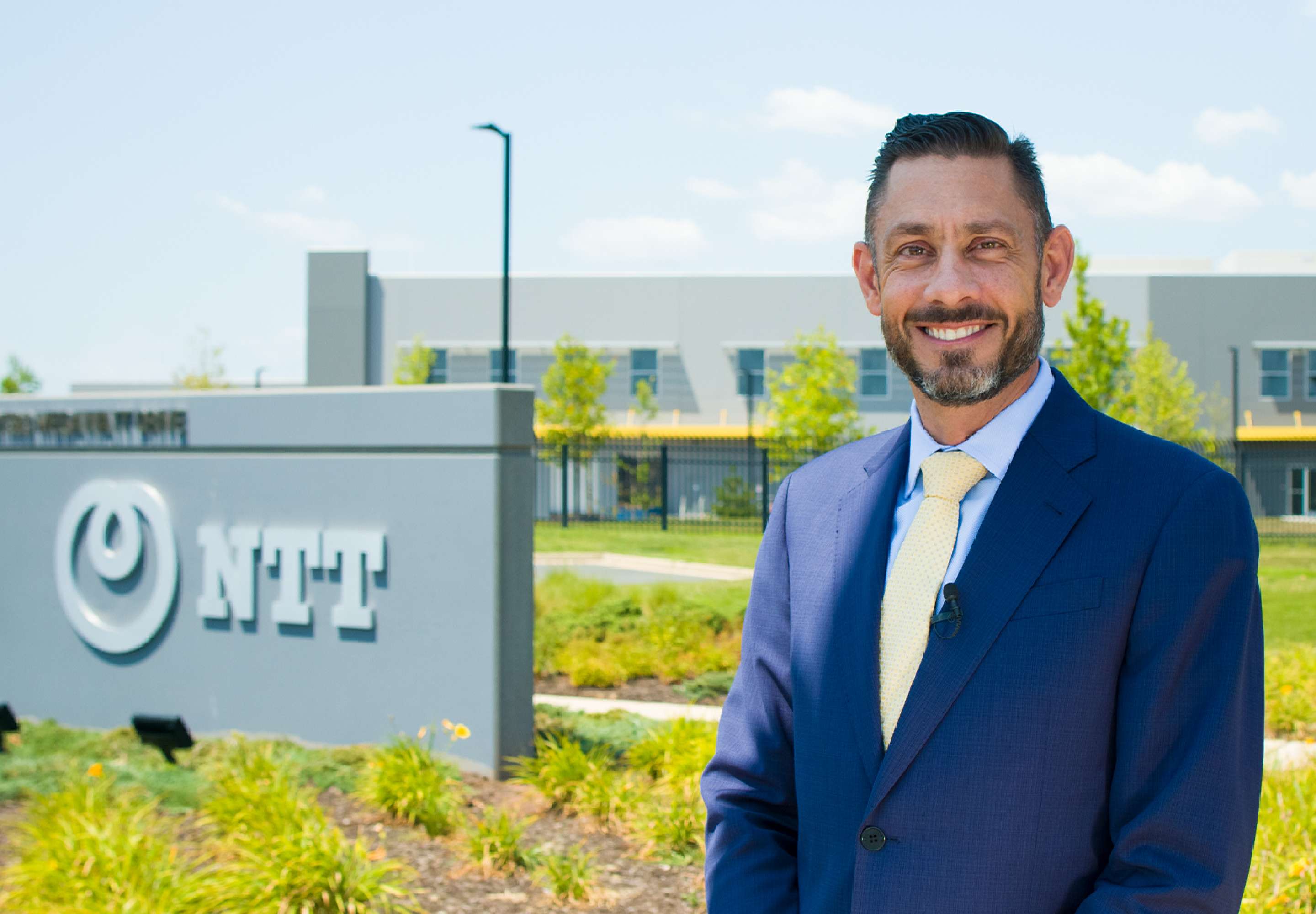-
Featured services
2026 Global AI Report: A Playbook for AI Leaders
Why AI strategy is your business strategy: The acceleration toward an AI-native state. Explore executive insights from AI leaders.
Access the playbook -
Services
Alle Services und Produkte anzeigenNutzen Sie unsere Fähigkeiten, um die Transformation Ihres Unternehmens zu beschleunigen.
-
Services
Network-Services
Beliebte Produkte
-
Services
Cloud
Beliebte Produkte
-
Services
Consulting
-
Edge as a Service
-
Services
Data und Artificial Intelligence
- KI und intelligente Lösungen
- Daten-/KI-Strategie und -Programm
- Data Engineering und Plattformen
- Daten-Governance und -management
- Datenvisualisierung und Entscheidungsfindung
- $name
- GenAI Platforms
- GenAI Industry Services
- GenAI Infrastructure Services
- GenAI Value Transformation
- Data und Artificial Intelligence
-
-
Services
Global Data Centers
-
Beliebte Produkte
-
Services
Application Services
-
Services
Sustainability Services
-
Services
Digital Workplace
-
Services
Business Process Services
-
Services
Generative AI
-
Services
Cybersecurity
-
Services
Enterprise Application Platforms
![]()
IDC MarketScape: Anbieterbewertung für Rechenzentrumsservices weltweit 2023
Wir glauben, dass Marktführer zu sein eine weitere Bestätigung unseres umfassenden Angebotes im Bereich Rechenzentren ist.
Holen Sie sich den IDC MarketScape -
-
Erkenntnisse
Einblicke und RessourcenErfahren Sie, wie die Technologie Unternehmen, die Industrie und die Gesellschaft prägt.
-
Erkenntnisse
Ausgewählte Einblicke
-
Die Zukunft des Networking
-
Using the cloud to cut costs needs the right approach
When organizations focus on transformation, a move to the cloud can deliver cost savings – but they often need expert advice to help them along their journey
-
So funktioniert Zero-Trust-Sicherheit für Ihr Unternehmen
Sorgen Sie dafür, dass Zero-Trust-Sicherheit für Ihr Unternehmen in hybriden Arbeitsumgebungen funktioniert.
-
-
Erkenntnisse
![]()
Copilot für Microsoft 365
Jeder kann mit einem leistungsstarken KI-Tool für die tägliche Arbeit intelligenter arbeiten.
Copilot noch heute entdecken -
-
Lösungen
Alle LösungenWir helfen Ihnen dabei, den Anforderungen an kontinuierliche Innovation und Transformation gerecht zu werden
Global Employee Experience Trends Report
Excel in EX mit Forschung basierend auf Interviews mit über 1.400 Entscheidungsträger:innen auf der ganzen Welt.
Besorgen Sie sich den EX-Report -
Erfahren Sie, wie wir Ihre Geschäftstransformation beschleunigen können
-
Über uns
Neueste Kundenberichte
-
Liantis
Im Laufe der Zeit hatte Liantis, ein etabliertes HR-Unternehmen in Belgien, Dateninseln und isolierte Lösungen als Teil seines Legacysystems aufgebaut.
-
Randstad
We ensured that Randstad’s migration to Genesys Cloud CX had no impact on availability, ensuring an exceptional user experience for clients and talent.
-
-
![Heineken Landing Page]()
NTT DATA und HEINEKEN
HEINEKEN revolutioniert die Mitarbeitererfahrung und die Zusammenarbeit mit einem hybriden Arbeitsplatzmodell.
Lesen Sie die Geschichte von HEINEKEN -
- Karriere
Topics in this article
Many people think that data center security is all about preventing cyber-threats to customers’ data and infrastructure. The truth is much more complex (as truth tends to be). Cybersecurity is important, but physical security encompasses and protects against threats that many security experts deem even more critical.
The safety of our clients and colleagues is paramount, but asset protection is a close second. Data centers use an array of technology and personnel to protect the people, infrastructure and data housed within, but also the perimeter and what lies just beyond.
Our in-house physical security teams are vigilant 24/7, so here's a look at how we, and other security professionals like us, do our jobs.
Let’s talk tech
Smart data centers employ technology like multifactor authentication (something you have, like an access card, and something you know, like a PIN). These measures reduce threats by tightly controlling access to various areas within and without the data center. The very smartest data centers combine biometric access and knowledge based information with advanced analytics.
Biometric authentication may include iris or fingerprint scanners, voice verification and more. It's the job of the head of physical security to determine which solution is appropriate for their facility and the clients in it. In fact, iris scanners are becoming less common, while touchless fingerprint scanners that have the ability to scan four fingers at once, are on the rise.
These new scanners are just an example of the types of emerging technologies physical security professionals must evaluate before deploying. Case in point, many security experts are exploring how drones (as well as anti-drone tools) and robotics can effectively identify threats. It’s exciting stuff, to be sure, but hi-tech gadgets are just one part of our job.
Slow days? What are those?
There is rarely an uneventful day when you're the head of physical security at a data center—even the ‘slow’ days are pretty full.
Security specialists will frequently monitor radio traffic as well as local and national news in order to identify potential threats that might put the facility in jeopardy.
Face-time is another priority. When there are no immediate threats, I walk the data center halls, and talk to employees, contractors and, of course, clients.
Regular interaction with clients is an invaluable way of gathering feedback on performance, as well as noting any concerns or observations they might have.
Talking with staff boosts morale and ensures that members of the team have the right training and tools they need to do their job effectively.
Speaking of training, extensive and ongoing training is a critical tool at every level—the head of physical security included. Having a workable understanding of the latest technology, processes and methodologies helps data center security professionals effectively maintain the integrity of the facility. Security personnel (and their respective skill levels) are, after all, the data center's first line of defense.
What happens when the red light flashes?
In the event of an attempted incursion, the head of physical security maintains overall management of the situation—from initial discovery to final elimination of the threat. They must ensure that there is an effective and immediate response from internal security teams, as well as personnel within the building who may not be directly threatened.
While my team identifies the identity and nature of the intrusion, it's my responsibility to analyze and investigate the reasoning behind it. After detailed analysis, we often find that the intrusion wasn't malicious. Even when we don't identify any malicious intent, the exercise itself is a useful opportunity to improve our systems, processes and training.
However, no matter the size or scope of the incident, it's my job as the Head of Physical Security to keep clients, partners, and our management team in the loop regarding the status and final remediation of the incursion. If the threat is extremely severe, I also have the responsibility to contact local, state or Federal law enforcement authorities.
Incursions large and small often include a commensurate amount of paperwork. We always perform post-mortems and ‘after-action’ incident reports. These include crucial information like root-cause analyses, a description of the event, as well as an exploration of potential prevention measures and process optimizations.
Expecting the unexpected
Processes for planned events are easy—continuity plans need to be in place, as well as ongoing training and an inventory of regular supplies. Unplanned events are, as one would expect, trickier.
When the unexpected strikes, limiting impact is the name of the game. In our case, we draft emergency response plans, conduct drills, and perform security product research in order to narrow the window of what could be considered ‘unexpected’.
The latter, technology research, sounds simple, but it's crucial. As I alluded earlier, outfitting our data centers with the most modern, effective technology is one way we help predict and eliminate threats against people, facilities, and infrastructure in and out of the data center.
Who's on the team?
As you can imagine, I have to be very selective with the criteria necessary to be on our security team. We have an in-house security team—which is rare among data center providers. Because our team is internal, we can interview and hire candidates with exactly the right skill set, experience and personality necessary to maintain a highly effective data center security apparatus.
Often, these candidates include veterans, former law enforcement or individuals with extensive security backgrounds. No matter the person or background, having impeccable customer service communication skills (that's the personality part) is an absolute must.
What keeps me up at night?
I'm not alone when I say that connectivity is the biggest concern. Developing effective security measures that protect infrastructure without hindering our clients' mission-critical activities requires extensive fiber-mapping.
Communication is also a constant concern. Developing and maintaining good relationships with law enforcement and with other data center security heads (whether it's inside or outside our own organization) helps everyone stay safer.
For example, on a local level we often help cross-train law enforcement, so they have a more thorough understanding of potential threats. This creates a foundation for a solid working relationship and improves their ability to detect potential suspicious activity outside the data center perimeter.
Or, in the case of a potentially more serious incursion, open communication with my counterparts across the industry as well as state and Federal law enforcement can mean the difference between a quickly contained incident and a widespread disaster. I take that responsibility very seriously.
That said, as important as the role of Head of Physical Security is, without a rock-solid team like ours, I'd be a head without a body. Together, we work tirelessly to ensure the safety of the people and assets inside and outside the data center.




